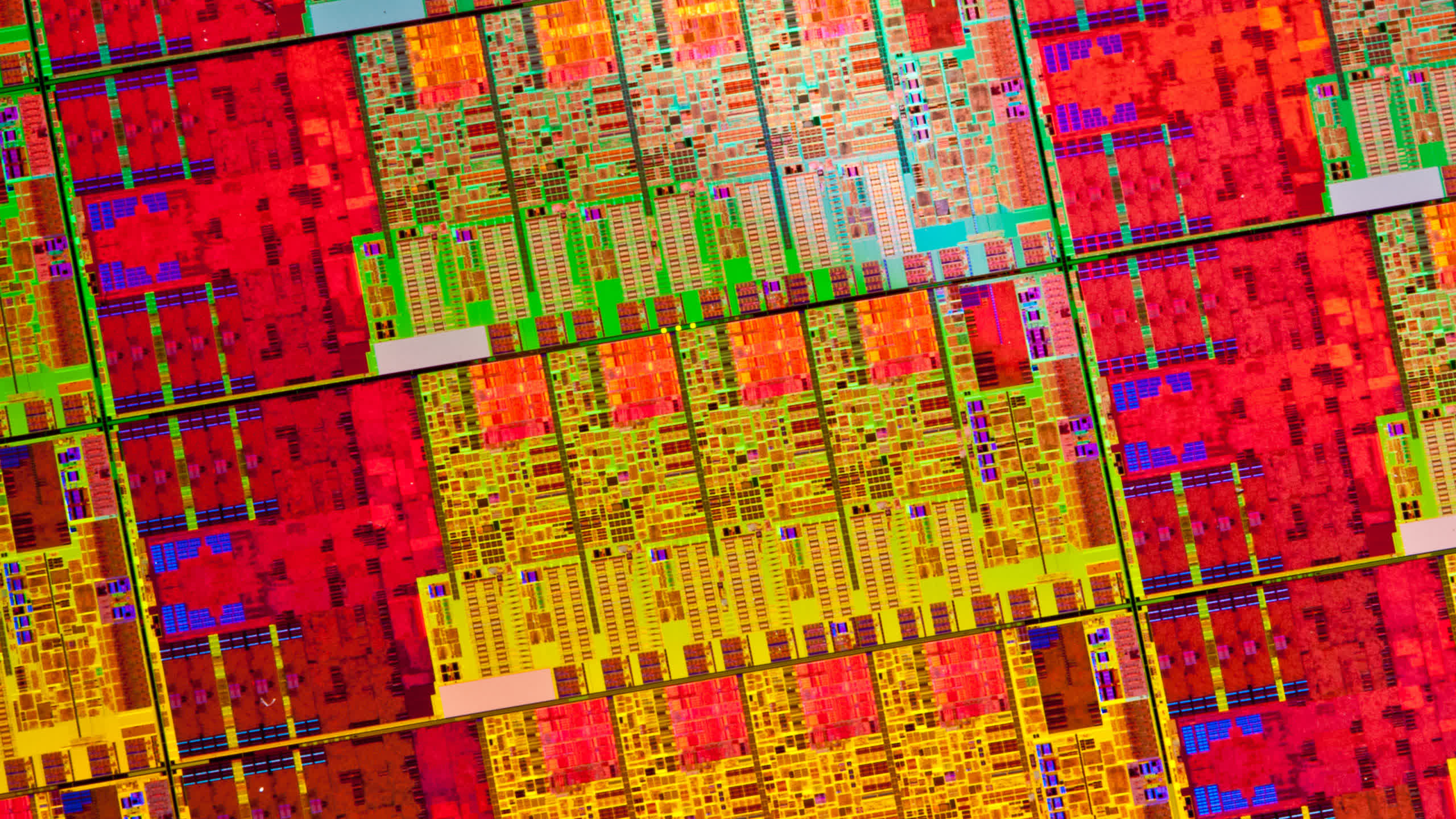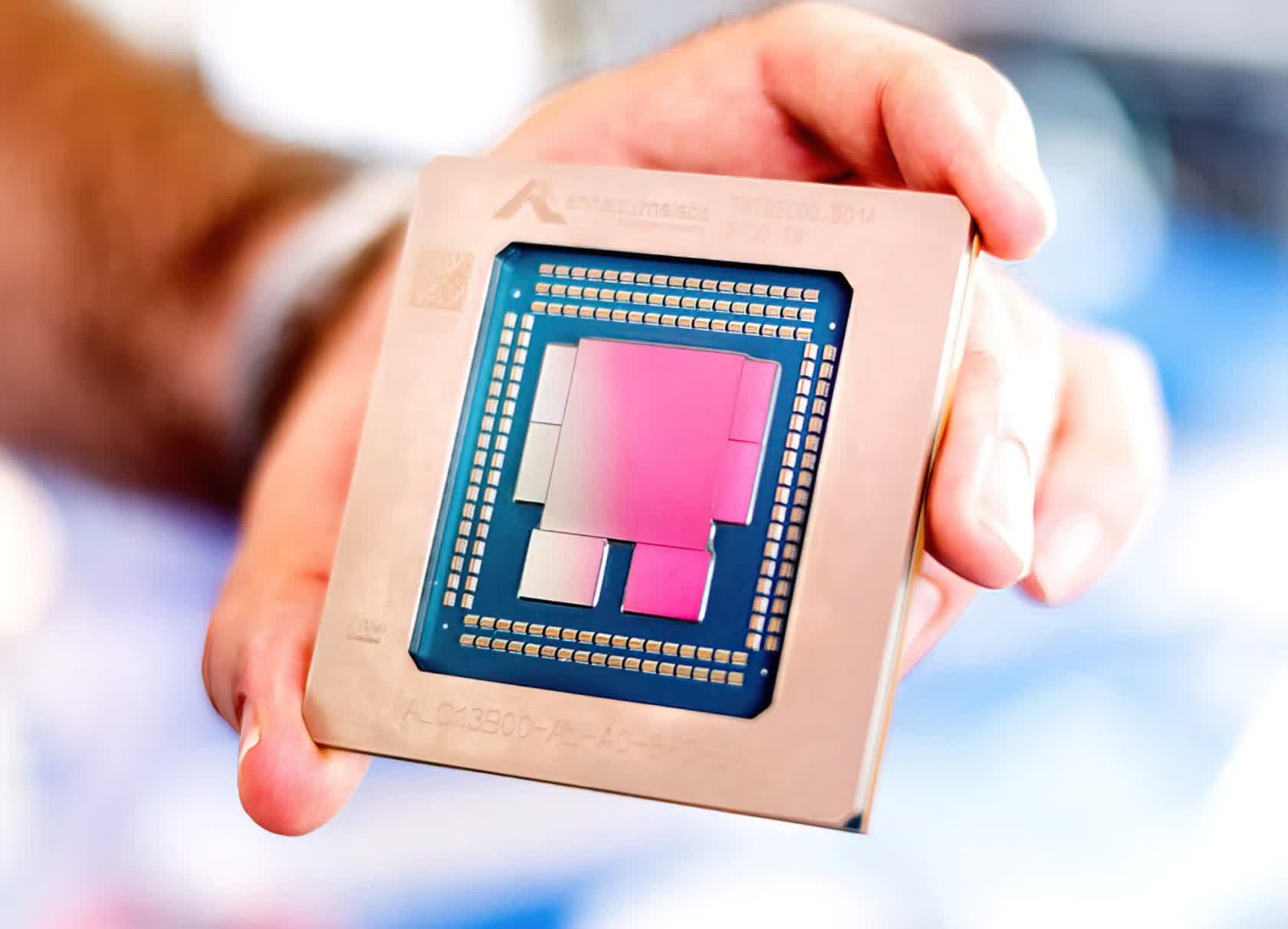
Sometimes, the most important insight seem obvious once said. CPUs, the core chip for PCs and servers, were once the king of compute. This was just a given, a fundamental assumption of the semiconductor industry. In the distant past of 2013 only two companies made CPUs – Intel and AMD, with Intel by far the leader.
No one else could afford to make these big iron, ubiquitous chips. But in less than ten years, that entire mindset has been invalidated. By our count, there are over a dozen companies designing CPUs today, Intel's position in that space is no longer dominant and CPUs have fallen victim to the guillotine. The semiconductor world no longer has a king. Vive la République!
Obviously Intel and AMD still make CPUs, and to be fair, they remain the market share leaders. And even after Intel's very troubling past five years, they retain the #1 position in the market.
Editor's Note:
Guest author Jonathan Goldberg is the founder of D2D Advisory, a multi-functional consulting firm. Jonathan has developed growth strategies and alliances for companies in the mobile, networking, gaming, and software industries.
But here come the Arm companies. Qualcomm was arguably the first Arm CPU of any commercial scale, but it has taken them a long time to really productize that part. Along the way, several other companies made a run for the market, and failed.
Until Ampere came along, outlasting a handful of other startups to emerge as the largest merchant Arm CPU maker. They still face many challenges, but there is no arguing that they have real commercial traction and a strong roadmap. And of course, there's Nvidia's Grace CPU coming soon.
Less than a decade ago, CPUs were the dominant form of compute and everyone 'knew' the market could only support two vendors. Today, there are over a dozen companies making CPUs.
Then we have all the CPUs from the non-chip companies rolling their own CPUs. The best known of these is Apple's M Series, which by many metrics is the best PC CPU on the market right now. And then there are the hyperscalers, most notably Amazon's Graviton now in its third generation.
Alibaba has its Yi Tian CPU, which apparently is in production for its data centers. Beyond Arm, there are also at least two companies making RISC V-based CPUs, both in stealth (sort of), so we will not name them here.

And then there is China. We know three newish companies designing CPUs: Loongson, Zhaoxin and HJ Micro. Rockchip is still out there plugging away with CPUs for low-end devices. AMD theoretically still has a joint venture in China making CPUs, but their status is not great given the geopolitical tensions.
We would also add Huawei to this list. Their HiSilicon Kunpeng once looked very promising for the data center until they were crippled by US sanctions, but there are now rumors that Huawei is working with SMIC to build this again on a 14nm process. And we are almost certainly missing a handful of other startups working on CPUs in China.
Netting this all out we get the following list:
- Alibaba
- Amazon
- AMD
- Ampere
- Apple
- HJ Micro
- Huawei
- Intel
- Loongson
- Nvidia
- Qualcomm
- RISC V start-ups
- Rockchip
- Zhaoxin
This is a fairly dramatic shift to a massive market over a very short time frame. It is hard to overstate how alien this idea would have sounded only few years ago.
For over a decade it was a foregone conclusion that CPUs would be dominant and Intel the dominator. All of that is now turned on its head.
https://www.techspot.com/news/98510-how-many-cpus-do-need.html